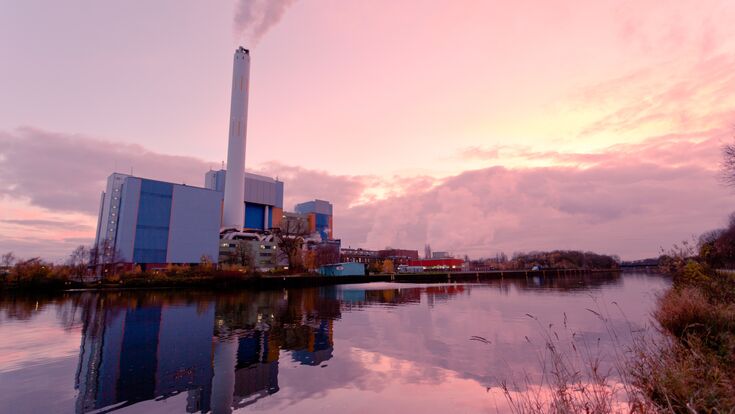News from the Editor : It's the environment, Stupid!

Growing up in sleepy, boring, cold war Vienna in the 70s, I have two major political memories. The first one is the epic fate of an atomic power plant that never was: hotly contested for nearly a decade, finally built, ready to be connected to the grid – and in an act of political despair put before the people in a referendum in 1978. The people rejected the offer, despite the billions already invested. Up to this day the power plant sits in a romantic village near Vienna, waiting for the first atomic particles to be split. (n the meantime, a ban on nuclear power in Austria has been given constitutional status.)
The second major event felt even closer to home: an incinerator was planned in close proximity to the housing complex where I was growing up. Environmentalists who had just celebrated their historic victory on nuclear energy at the ballot boxes thought they had an inroad. A kid like me, having to play next to this presumably toxic monster, was firmly in their column. But the City Council – unlike the national government – played their cards much more cleverly. Before they even started planning, the informed, they involved, they seemed to honestly try to be transparent – and they explained the alternatives.
I remember school excursions to the planned site even before construction started. And a school trip to the gigantic Viennese landfill that was still in use at that time. I recall extremely open and heated discussions at school, one of them even attended by the mayor. I remember debating the pros (a new park next to the plant! with a roller skating rink!) and cons (isn’t it toxic?!) with my then ten-year-old peers in private.
In the end it was me who convinced my parents that the erection of the plant would not be the end of the world. That of course we would not celebrate having it in our backyard. But also that it would not be more harmful than the plant manufacturing the delicious Manner wafers that I loved so much, located 600 metres south. Or the brewery that manufactured my father’s favourite Ottakringer beer, 400 metres west from where we lived. Of course, I reasoned, it would be nicer to live next to a nature reservoir, but then the gigantic landfill would be spitting even bigger loads of methane, carbon dioxide and bacteria into our air. And I had to continue roller skating in the blocks of concrete in our building complex.
It somehow worked. Not only with my parents. Since the late 70s many more incinerators have been built in a city that prides itself on its innovative conservationist policies. Public acceptance of a technology that is without a doubt (especially with today’s technologies) the most environmentally acceptable way to get rid of our trash has only grown since then. There is not an awful lot to learn from a 70s kid. But this one might be an exception: we have to get our story straight. It is convincing and a good one.

